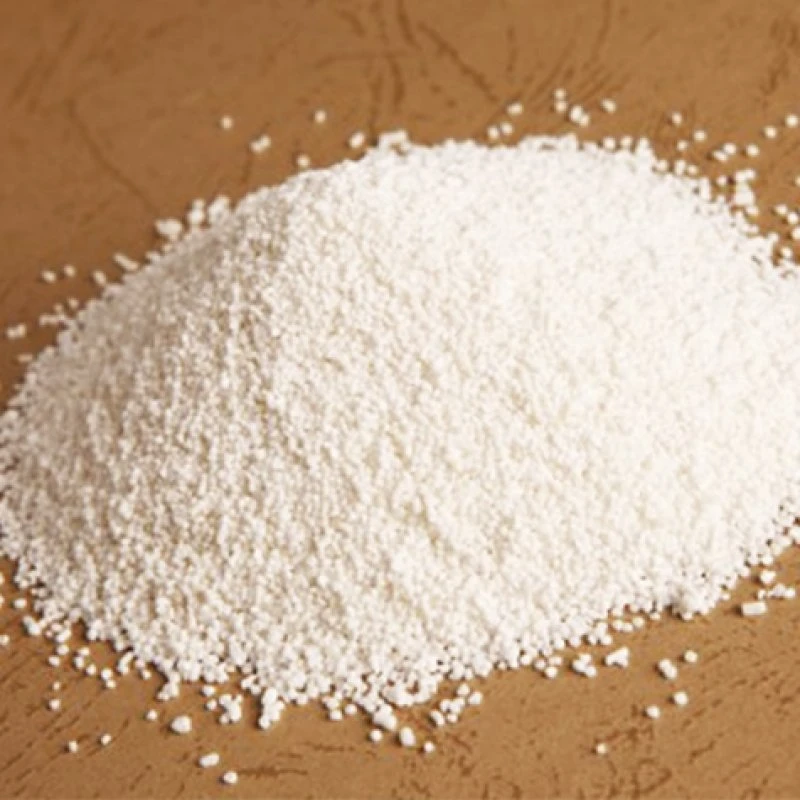



Exploring the Benefits and Applications of Partially Hydrolyzed Polyacrylamide in Various Industries
Understanding Partially Hydrolyzed Polyacrylamide Properties, Applications, and Benefits
Partially hydrolyzed polyacrylamide (PHPAM) is a synthetic polymer that has gained significant attention in various industrial applications due to its unique properties. As a derivative of polyacrylamide, PHPAM exhibits several advantages, particularly in water treatment, enhanced oil recovery, and agricultural practices. This article delves into the properties, applications, and benefits of partially hydrolyzed polyacrylamide.
What is Partially Hydrolyzed Polyacrylamide?
Partially hydrolyzed polyacrylamide is a water-soluble polymer created by the hydrolysis of polyacrylamide. The hydrolysis process introduces anionic groups (carboxylate ions) into the polymer chain, leading to a decrease in the molecular weight of the polymer while increasing its hydrophilicity. The degree of hydrolysis varies, resulting in a range of products with distinct properties and potential applications. Typically, PHPAM contains a hydrolysis degree of approximately 10-30%, making it less anionic compared to fully hydrolyzed polyacrylamide.
Properties of Partially Hydrolyzed Polyacrylamide
One of the most notable characteristics of PHPAM is its high molecular weight, which contributes to its excellent ability to absorb and retain water. This property is crucial in applications where moisture retention is desired, such as in agriculture and soil enhancement. Additionally, PHPAM exhibits good thickening properties, making it useful in various formulations, including cosmetics, pharmaceuticals, and food products.
PHPAM is also known for its stability across a wide range of pH levels and temperatures, which enables it to perform effectively in diverse environments. The anionic nature of partially hydrolyzed polyacrylamide allows it to interact with positively charged species in solution, enhancing its flocculating and coagulating abilities. This property is particularly beneficial in water treatment processes, where the removal of suspended particles and pollutants is essential.
Applications of Partially Hydrolyzed Polyacrylamide
1. Water Treatment One of the primary applications of PHPAM is in water treatment processes. It acts as a flocculant, helping to aggregate suspended particles and facilitate their removal from water. By improving sedimentation rates and reducing turbidity, PHPAM enhances the effectiveness of various treatment methods, including clarification and filtration.
2. Enhanced Oil Recovery In the oil and gas industry, PHPAM is employed in enhanced oil recovery (EOR) techniques. The polymer is injected into oil reservoirs to improve the flow of crude oil, effectively increasing extraction rates. The thickening properties of PHPAM improve the viscosity of the water, allowing it to move through porous rock formations more effectively.
partially hydrolyzed polyacrylamide

3. Agricultural Use Partially hydrolyzed polyacrylamide plays a significant role in agriculture as a soil conditioner. Its water-retention capabilities help improve soil structure, reduce erosion, and enhance the availability of nutrients. Farmers utilize PHPAM to promote healthy crop growth, especially in arid regions where water scarcity is a concern.
4. Cosmetics and Personal Care Products The thickening and stabilizing properties of PHPAM make it a popular ingredient in cosmetic formulations. It is commonly used in creams, lotions, and gels to achieve desired textures and enhance product performance.
Benefits of Using Partially Hydrolyzed Polyacrylamide
The adoption of PHPAM in various industries offers several benefits
- Environmental Sustainability PHPAM is biodegradable, which makes it an environmentally friendly alternative to other synthetic polymers. Its use in water treatment contributes to effective waste management and resource conservation.
- Cost-Effectiveness By enhancing oil recovery and improving water treatment processes, PHPAM contributes to reduced operational costs, making it an economically viable solution for industries that rely heavily on these processes.
- Versatility The wide range of applications and the ability to tailor PHPAM properties through the degree of hydrolysis make it a versatile choice for many sectors, including oil and gas, agriculture, and personal care.
- Performance Enhancement PHPAM's unique properties allow for improved performance in applications, leading to higher quality products and more efficient processes.
Conclusion
Partially hydrolyzed polyacrylamide is a remarkable polymer that has proven its worth across various industries. Its water retention, thickening, and flocculating properties make it an invaluable asset in water treatment, enhanced oil recovery, and agriculture. As industries increasingly seek sustainable and effective solutions, PHPAM stands out as a versatile and beneficial option for addressing modern challenges. Its potential for further development and application continues to expand, promising a bright future for this multifaceted polymer.
-
Why Sodium Persulfate Is Everywhere NowNewsJul.07,2025
-
Why Polyacrylamide Is in High DemandNewsJul.07,2025
-
Understanding Paint Chemicals and Their ApplicationsNewsJul.07,2025
-
Smart Use Of Mining ChemicalsNewsJul.07,2025
-
Practical Uses of Potassium MonopersulfateNewsJul.07,2025
-
Agrochemicals In Real FarmingNewsJul.07,2025
-
Sodium Chlorite Hot UsesNewsJul.01,2025










